Mixed feeding means combining breastfeeding with bottle feeding. It’s sometimes known as ‘combined feeding’ or ‘partial breastfeeding’ and involves replacing one or more breastfeeds with bottle feeds instead. And, while the prospect of an uninterrupted night’s sleep may be enough to convince you it’s a good idea, mothers who opt to mixed feed do so for a number of other reasons, too.
What is mixed feeding?
Mixed feeding can offer a bit of respite from the demands of exclusive breastfeeding as it involves combining breast feeds with bottle feeding. The bottle could be either expressed breastmilk or formula. There’s no ‘one size fits all’ when it comes to mixed feeding though, and there are a number of options to try if you’re considering it.
-Replacing just the occasional breastfeed with a bottle feed, to try and get your baby used to taking a bottle.
-Replacing some nighttime breastfeeds with a bottle and allowing someone else to feed the baby so you can get a decent night’s sleep – which by now you’ll probably be in desperate need of.
-Using expressed milk so that your partner has a chance to get involved with feeding, while still exclusively giving your baby breast milk.
-Using formula to supplement your own supply of breastmilk – this can help you take a break from the exhausting job of expressing and really have a rest, particularly if it’s a night feed you swap out, allowing you to sleep through.
What are the benefits of mixed feeding?
Introducing bottle feeding can of course give you some much-needed time off your ‘milk round’ but there are other reasons to consider mixed feeding, too.
If your baby is not gaining weight or finding it difficult to latch on, you might be advised to try combining bottle feeding with breastfeeding. Supplementing your feeding with formula can take the pressure off both you and baby, and it could help you if you’ve been stressed about issues like weight gain.
For mothers returning to work, combined feeding allows another caretaker to bottle feed while you’re at your job. Breastfeeding your baby when you get home from work can then be a nice way for you both to reconnect before bedtime. Some women express at or before, and you’ll soon find a routine that suits you and your baby.
What do I need to know about mixed feeding?
Mixed feeding may sound like the perfect balance, but it comes with pros and cons.
It’s worth remembering that milk production is a supply-and-demand game; the more you feed your baby, the more milk you’ll continue to produce, so if you drop a feed, your supply will drop, too.
The older your baby is when your first introduce a bottle, the more established your milk supply will be and, ultimately, the easier you’ll find it to balance breast and bottle.
Mixed feeding has had mixed feedback from Mums:
“I found mixed feeding completely messed up my supply with my first baby and I had to stop breastfeeding before I wanted to. With my second, we had a much better journey which I put mostly down to getting advice and support.”
“I mix fed my daughter. I mainly gave her the last bottle at night and the odd one in the day, too. She was fine and switched between the two easily. I actually found she slept longer through the night after the formula so just stuck with it.”
Can you breast and bottle-feed a newborn?
Many women find that mixed feeding from birth is the right choice for them, particularly if they have had multiple births or given birth to a premature baby. If you don’t fall into one of those categories and want to mix feed for another reason, then it might be worth trying to wait until your baby is over eight weeks. Starting sooner than this could affect your milk supply.
Will my milk dry up if I mix feed my baby?
It is common for new mums to worry about milk supply, even without the introduction of mixed feeding. This might be when the initial feeling of fullness in your breasts subsides, or because your baby is particularly hungry while going through a growth spurt.
If you remain concerned about your milk supply, speak to your health adviser or contact your local breastfeeding support group for advice.
Remember, there may be nothing to worry about – and there are steps you can take to boost your milk production. Below are some helpful breastfeeding tips shared by Mums.
“I take brewer’s yeast tablets when my supply dips or during a growth spurt. I’m not sure how much it helps but it makes me feel like I’m doing something! I got my periods back when my son was three months old and my supply drops every time I’m on.”
“I took fenugreek, ate as many oats as I could, and pumped after feeding as many times as I could be bothered. Not sure which worked but my supply improved loads after a few days of doing this.”
“I talked to a breastfeeding counsellor and they recommended taking my baby to bed with me and just feeding all weekend. I also express after my first three feeds of the day and use it for evening top ups. At first I used to get only one ounce from those three expressing sessions, but now I’m getting five ounces (on top of feeding for an hour every three hours).”
How can I successfully combine breastfeeding with bottle feeding?
-If you are using formula, introduce it gradually. This will allow time for your milk supply to adjust and give your baby’s body the chance to get used to formula.
-Expressing milk between feeds is key to maintaining your milk supply if you want to continue to breastfeed.
-If you are returning to work, introducing combined feeding a few weeks before will help prevent mastitis. Gradually replacing breastfeeds with bottle feeds will allow your body time to get used to the change in your milk supply. This will help prevent engorged and leaky breasts and blocked milk ducts.
How do I introduce my baby to a bottle for the first time?
If you want to give mixed feeding a go, or even switch from breastfeeding to bottle feeding, you might be wondering where to start. Bottle feeding requires a different type of sucking action to breastfeeding and may confuse your baby initially.
For optimal success, try the following tips:
-Give your baby her first bottle at a moment when she’s happy. Waiting until she’s hungry and a bit cranky might not yield the best results.
-Let someone else give the first bottle. This eliminates any chance of your baby smelling your milk and wanting to latch on.
-If someone else isn’t available to give the first bottle, you could try holding her in a different position, such as facing away from you.
-Slow-flow teats can help mimic the flow that a baby is used to from breastfeeding. Our mums have plenty of advice on the best bottles and teats to use.
Remember that introducing bottle feeding can require patience and persistence. While some babies take to the bottle straight away, in most cases it can take a few attempts to get her used to it. If your baby isn’t playing ball, don’t panic. You can always try again at another time.
Can I mix breast milk with formula?
Yes – it’s not like mixing Chablis and Blue Nun in the one glass (ill-advised). You can technically mix breast milk and formula in the same container but it’s not ideal. Formula needs to be discarded within an hour of being made while breast milk can be refrigerated for a several hours until a later feed. If you’ve mixed the two together, you could end up having to throw out and waste perfectly good breastmilk unnecessarily, and if you’ve spent hours expressing it that can feel very annoying. But switching your baby between the two for different feeds is absolutely fine.
Can I restart breastfeeding once I’ve started bottle feeding?
If you find that you have a change of heart and want to pick up extra breastfeeds again, the following tips will help you get breastfeeding re-established:
-Continuing to express milk while bottle feeding will keep your supply active. Even if you only express a tiny amount of milk, the nipple stimulation will send milk production signals to your body.
-Skin-to-skin contact will encourage your body to produce milk. Putting your baby to your breast every two to three hours or bottle feeding near the breast will help. Other good skin-to-skin times will be when your baby is full and ready to sleep.
-Don’t wait until your baby is hungry to restart breastfeeding. Instead, choose a time of day when she is happy and more likely to try feeding from the breast again.
Other articles you might be interested in:
A guide to breastfeeding – everything you need to get you started
Can I Return to Work and Continue Breastfeeding? The Answer is Yes!



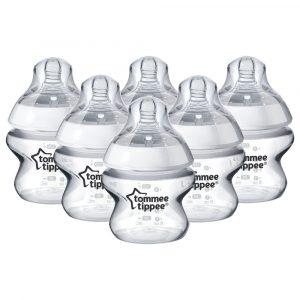
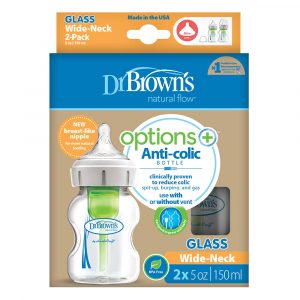
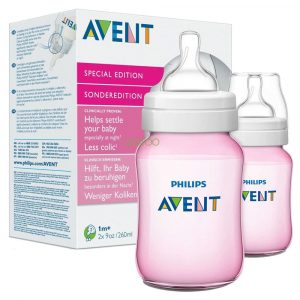

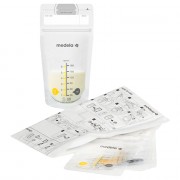
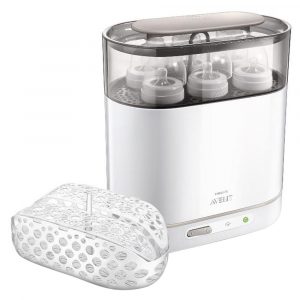




I like the efforts you have put in this, regards for all the great content. Stay with onua tv today live — live shows and morning programs. easy access on mobile. talk shows, replays. Including today’s schedule. easy access on mobile.